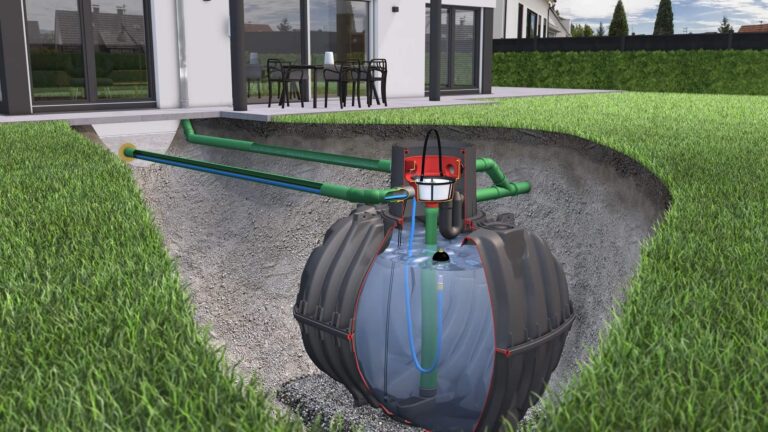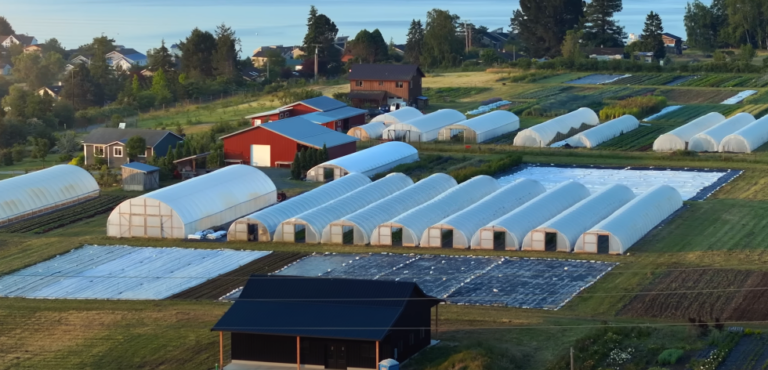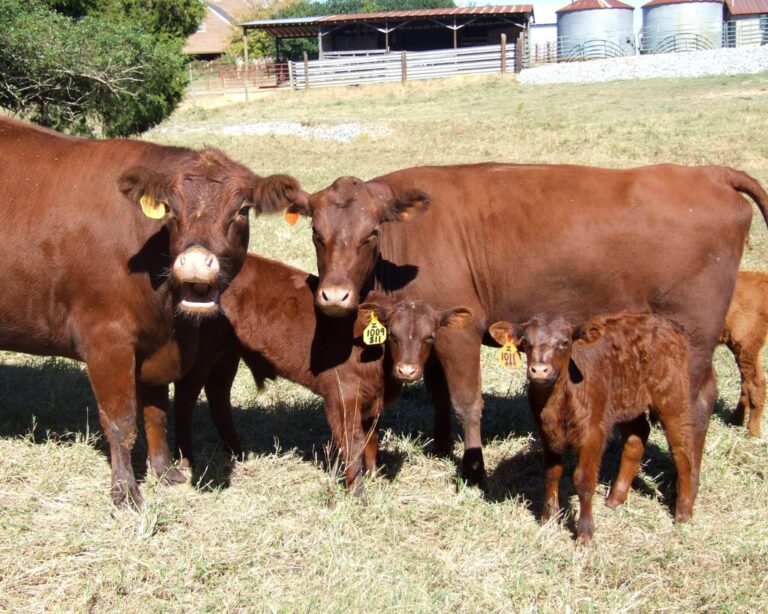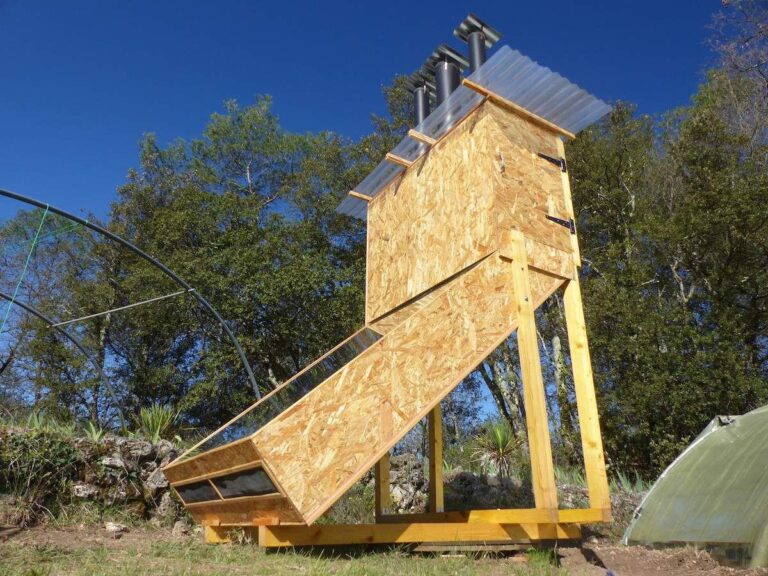>Mixed farming is a robust agricultural approach that integrates various practices such as cash crop cultivation and livestock rearing within a single farming operation. Its primary objective is to enhance income streams and optimize the utilization of land and labor throughout the year.
Categorizing Mixed Farming Systems
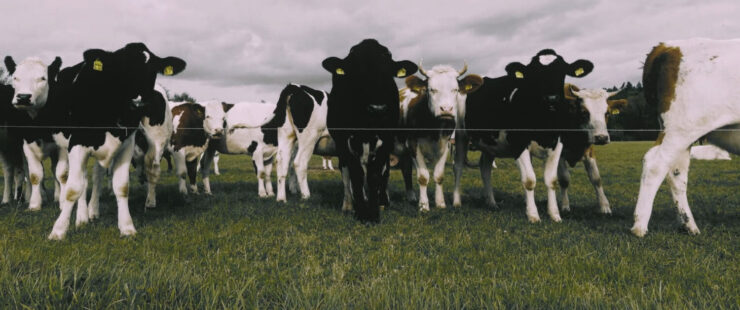
- On-farm vs. Between-farm Mixing:
- On-farm mixing involves blending resources within the same farm, while between-farm mixing entails exchanging resources between different farms. On-farm mixing facilitates resource recycling within a single farm, while between-farm mixing can address waste disposal issues, such as using dung from animal farms as fertilizer for crop farming.
- Mixing within Crops and/or Animal Systems:
- This practice includes multiple cropping or keeping different types of animals together. For instance, the grain-legume association provides grain with nitrogen, enhancing soil fertility. Plant intercropping optimizes space utilization by selecting plants and cropping formations to maximize light, moisture, and soil nutrient advantages.
- Diversified vs. Integrated Systems:
- In diversified systems, components exist as independent units, whereas integrated systems maximize resource utilization, fostering high interdependence. Integrated systems make efficient use of resources, enhancing overall productivity and sustainability.
Benefits of Mixed Farming
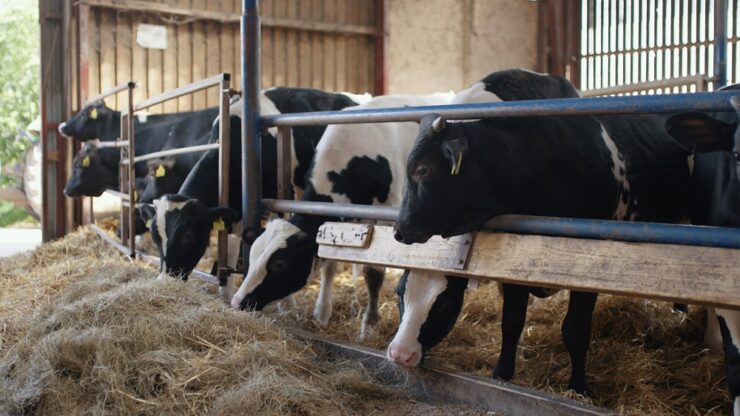
Mixed farming technology offers various benefits:
- Enhanced Resilience: Diversification of crops and livestock enables farmers to adapt to climate change and mitigate risks associated with uncertain weather conditions.
- Stable Production: The combination of crops and livestock ensures a more stable production system, where the failure of one crop or variety can be compensated by another.
- Livestock as Assets: Livestock serves as a valuable asset that can be sold during periods of need, providing financial stability for farmers.
- Food Security and Nutrition: Mixed farming enhances food security and improves household nutrition levels by generating surplus products for sale and providing fodder for livestock and poultry.
Environmental Benefits

Mixed farming systems contribute to environmental sustainability by:
- Maintaining Soil Fertility: Recycling soil nutrients and implementing crop rotations preserve soil fertility and biodiversity.
- Reducing Soil Erosion: Practices such as intercropping and crop residue incorporation minimize soil erosion and conserve water.
- Conserving Biodiversity: Integrated farming reduces dependence on natural resources, preserving biodiversity compared to monoculture systems.
Limitations and Challenges

Despite its advantages, mixed farming faces challenges such as:
- Lower Production Levels: Mixed systems may yield lower production levels compared to specialized monoculture systems, impacting productivity metrics.
- Environmental Degradation: Overgrazing and mismanagement can lead to soil erosion and degradation, particularly in tropical highlands.
- Barriers to Adoption: Farmers may be reluctant to adopt mixed farming due to perceived lower productivity. Overcoming these barriers requires a demonstration of improved productivity and effective training initiatives.
Opportunities and Recommendations
Opportunities for implementing mixed farming include:
- Diversified Product Range: Mixed farming expands the range of products available for sale, enhancing market opportunities for farmers.
- Specialization and Partnerships: Collaborations between specialized farms facilitate the exchange of crops and waste products, improving productivity and sustainability.
In conclusion, mixed farming emerges as a dynamic solution to the challenges of modern agriculture, offering a pathway to enhance productivity, mitigate risks, and promote environmental resilience. By leveraging diverse practices and fostering synergies, mixed farming holds promise for sustainable agriculture worldwide.







